Try walking, or jogging, or cycling around this quiet part of Tsukiji – 7-chome, across Harumi Dori from the side entrance to the fish market. You’ll be struck by how old it is, with a village feel on the minor shopping street and a few dark alleys parallelling that. Each has a couple quaint old restaurants, some sushi and some not. ‘Pub’ doesn’t really do them justice. ‘Izakaya’ would be fine, as long as you’re the kind of reader who gets an appropriate range of images from the word.
Hanafusa is reputed to be the best among them, and it could well be. It’s timeless – the only way you can tell it hasn’t been preserved under glass for 50 years is that some of the slips of paper hanging on the walls to list the food and sake are still white, not yellowed like the rest. You’ll find that the menu runs toward gutsy food for working people; there’s not much refinement, and if you wanted it you’d be somewhere else.
Even the customers in the private room, served by the little pass-through, are hard in their own way. They’re a little loud, they order freely, and they stare at foreigners when the window is open. Some foreigners retaliate by taking pictures of them.
Like the food, the drink is there to be consumed, not deliberated over. There are 5 choices of sake, including this one that went down much smoother and more pleasantly than you might have expected, especially at 1/3 the price of the much more stylish izakaya across town.
Friday night, cheap izakaya, deep conversation, good friends, pouring drinks…it’s probably been this way in Tsukiji for well over 50 years, and that culture doesn’t have an expiration date.
You can eat here. Voila, a plate of sliced heshiko, or mackerel pickled in fermented rice bran. A west-coast specialty, it’s mostly the kind of heavily-salted food where a little goes a long way, and every little bit takes you right back to your glass for a sip.
Or tatami-style fish, pressed into sheets and dried. Yes, the dots are eyes.
For something more substantial, try the fried skate – a rarity since the most common way to eat this fish in this type of restaurant is in thin sheets that have been soaked in sake and dried, then lightly grilled. Battered and cooked, they retain the network of cartilage that runs through the wings, softened from their encounter with the fryer.
Likewise the thin coating of miso paste that remains on the saikyo-grilled fish provides not only sweetness but also a barrier to lock in moisture, yielding a silken, unctuous texture.
At some point it will be getting late, and someone in the party will remind everyone else that the last train will go soon. If you plan it right you should have time to fill up the corners of your stomach with some rice, either served in a bowl with light broth and a topping of salmon or pickled plum, or more simply with triangles of rice crisped under the broiler. The brown coating adds layers of flavor and texture even as it sticks to your teeth.
Wash it down with the last of your beer, or the traditional foreigner’s toast of miso soup drunk from the top and bottom of the bowl, say your goodnights, and wander back to the station.
Everyone will admire your attire.
03-3546-1273
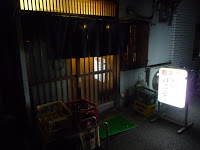
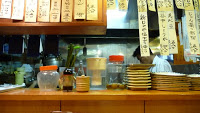
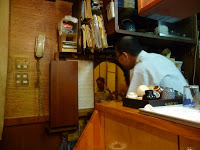
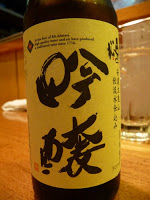
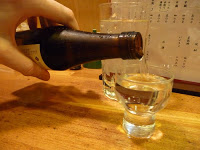
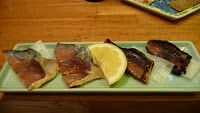
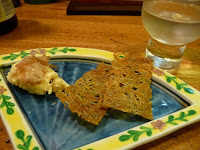
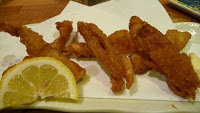
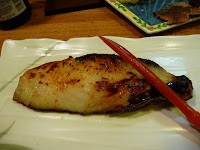
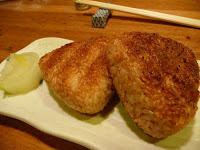

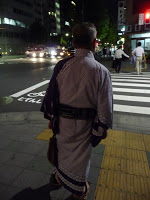
Yes, It does sound like an article from a travel magazine.